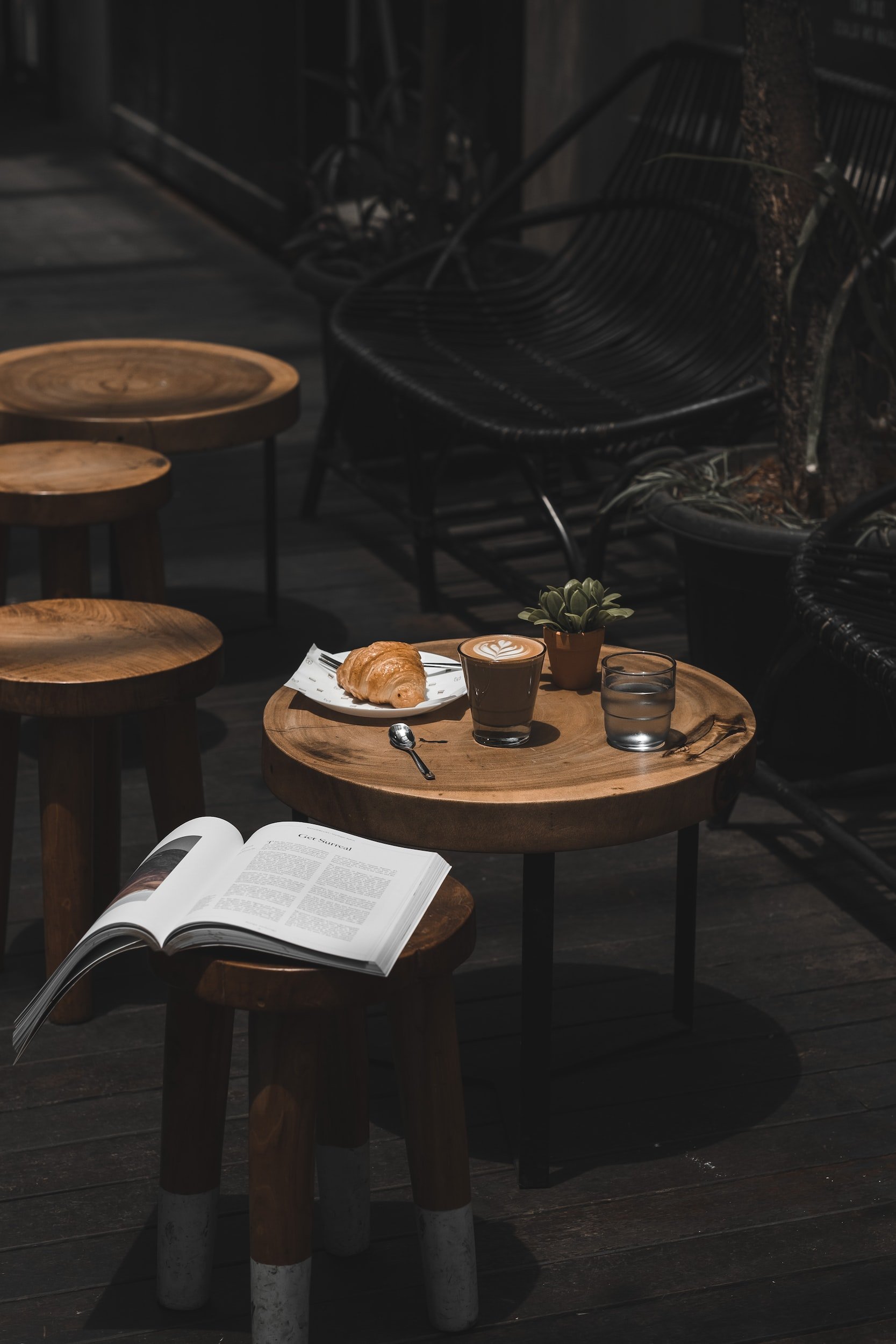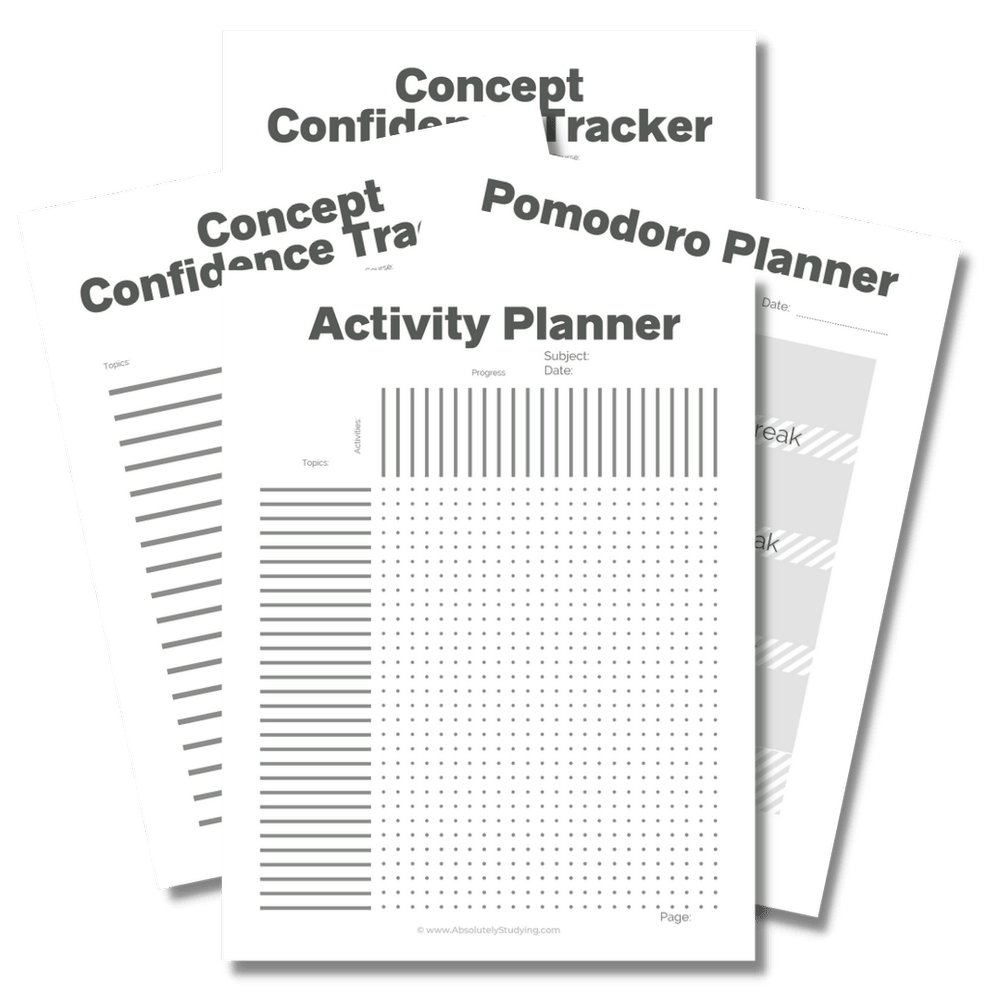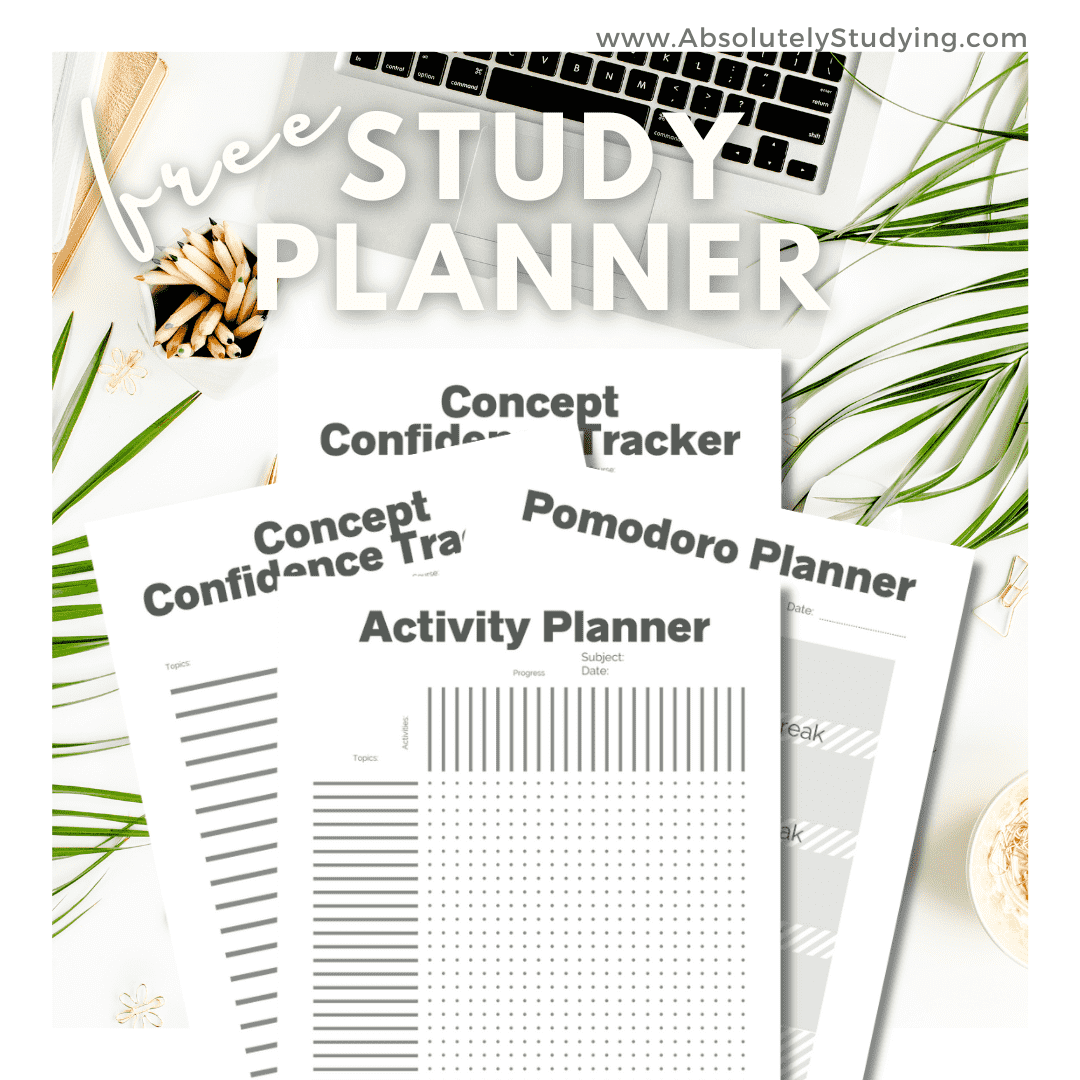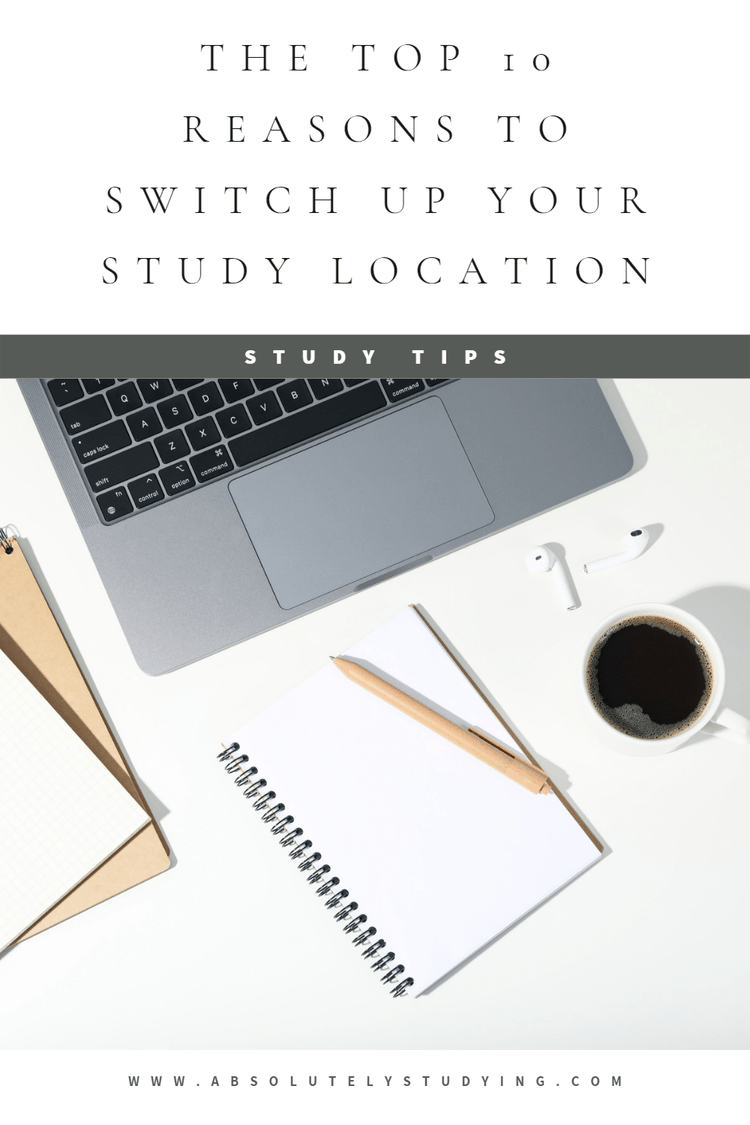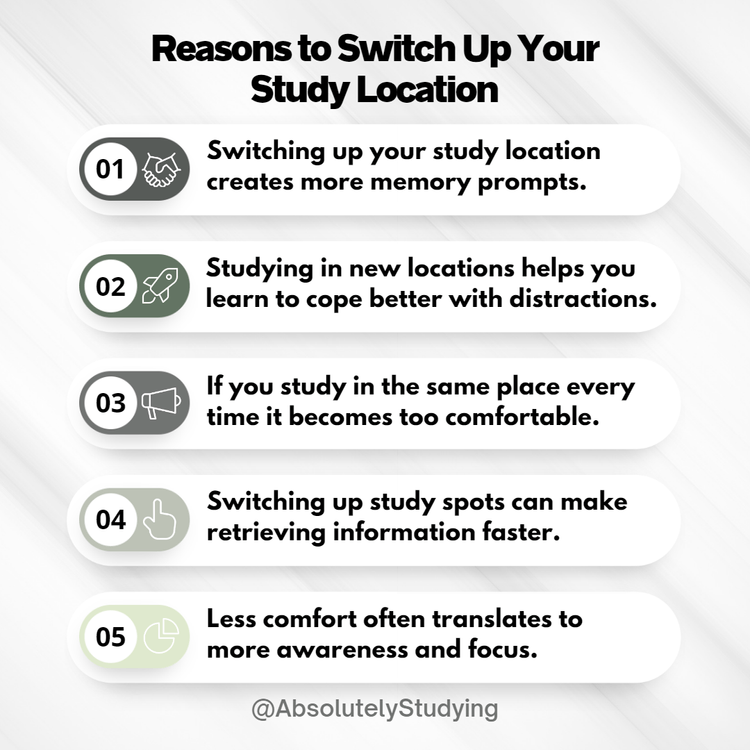10 Reasons to Switch Up Your Study Location
10 Reasons to Switch Up Your Study Location
This simple trick can have massive benefits on your study sessions.
* Disclaimer * Some of the posted links are affiliate programs. By clicking these links, I may receive monetary compensation. This will not alter the price or change the buyer’s experience.
My favourite study sessions consist of settling down into my favourite study spot, a quiet nook in the hallway of my University. The desk is underneath a large bay window where the late afternoon sun pours in. I settle in with my favourite drink, an iced caramel macchiato, and egg bites and get to work. I love this corner, especially when I have my favourite scarf on hand. I have the most comfortable and relaxing study sessions here, perhaps even more than at home.
Settling in here is effortless. While being this comfortable can definitely increase my productivity, there is something to be said about switching up your study location.
Frequently changing study spots can positively impact your ability to retrieve the information you are trying to learn. This seems too simple to be true, but it is! I can understand how you like the same old study place; it’s familiar, and all your friends are there, but hold off just this once. Let me give you 10 reasons why you should regularly switch up your study location! This simple rule will boost memorization, recall, and test scores.
DOWNLOAD NOW: FREE STUDY PLANNER & ACTIVITY TRACKER
Download your free study planner and activity tracker.
Everything you need for the semester you want!
What are mental associations, and how do they work?
Mental associations are the framework of data and cues that lead you to a piece of information stored in your memory. When you commit new information to memory, you create an intricate web of knowledge to help you retrieve it later. The more cues you have established to allow for the recall of this information, the easier it will be to retrieve during test time.
Mental associations are like a spider’s web. Each string connects a piece of information. All these facts are interlinking, leading one into the other. The more intricate the web, the more links to the information, which means more cues to retrieve it. Having a highly connected web of mental associations makes recalling the information at test time easier and faster. This is simply because there are more chances that one piece of information will trigger another and lead you to answer your question.
How does changing your study location help with memory and recall?
Memory cues that lead to a particular piece of information are not rooted in data alone. Every aspect of your study session can be used as a clue to retrieve the material studied during that revision session. If one piece of data triggers your memory of something reviewed during a study session, everything else learned during that session will also be pulled to the forefront and more easily accessed.
By switching up the location of your study sessions, you will be able to isolate and retrieve information based on several factors more readily. Using the site of your study session as an anchor, you can incorporate your surroundings as memory prompts. It also helps you in many other ways. Let’s start unpacking them.
Switching up your study location creates more memory prompts.
Establishing a reliable network of memory cues will aid the ease of recall. Retrieving information quickly and fluently is vital during test time. Changing up your study spot can help with this. When you choose a location to study, all the information covered in that session will be linked. If you sit in the same spot every time, all material will be marked under this same clue.
When you switch up the location, everything you study at the new site will be filed together under a different tab. This practice helps to clump all of the information from this specific session together. Recalling one aspect studied can help retrieve other details covered in the same period.
The more ways you give yourself to access a particular piece of information, the easier it will be to retrieve at test time. Why would you want to make things any harder than they need to be?
Studying in unfamiliar locations will help you learn to cope with distractions.
Studying in unfamiliar locations will help teach you to tune out strange noises and other distractions that might pull your attention away. This is a good exercise if you are easily distracted by sounds or movement. If you are highly sensitive, try starting out by wearing noise-blocking headphones or earbuds to muffle some of the sounds. You do not have to have anything playing on them. As your tolerance to noise and distraction increases, spend more and more time during your study sessions without them.
Exam halls often house hundreds of students, all deep in concentration. Teachers’ assistants and professors wander around, and students often ask questions or squirm in their seats. Being able to focus on your exam despite these distractions can help you maintain your concentration at test time.
Changing study locations can help to boost long-term retention.
Regularly switching up your study location creates links from the information under study directly to the atmosphere in which it was absorbed. Having these additional links to the data will boost memory retention. Using exercises that layer and cross-link information, such as varying your study location and types of study activities, will stabilize these pathways, reinforcing them. This can make retention of the data more accessible for longer, helping to make sure that you do not draw a blank during the final.
These pathways will turn into well-worn trails. The more links you make to a piece of information, the stronger embedded that piece of data will be. That means you will have to spend less time memorizing it and related concepts.
Try different rooms in your house, library desks, etc.
If you cannot frequent a variety of places, try to vary the spots within the locales you go to. If you must study at home, don’t always sit in the same place. Try switching up which room you do your revision in, or move the furniture around often. This can help you take advantage of changing locations without leaving your home.
When you go to the library, switch it up. Don’t use your favourite table in the back corner every time. Try sitting in a new seat on each visit. The same idea applies to cafes and study halls. If you have a favourite cafe, switch up the table you sit at or even the direction you face. These half-measures can still help create mental associations by incorporating novel placement in a familiar environment.
Switching up study spots makes retrieving information faster.
Having these extra memory cues can help to track down information more quickly. When you recall that study session, everything you learn will flood you. The memories of the concepts you studied will be intertwined with the noises you heard and any smells or tastes you experienced. This intricate web will pull the memories back more vividly and bring along everything else linked with those same sensations.
Making a breakthrough at a unique location can help to keep it all at the forefront of your mind with a simple trick. You may even find the confidence or excitement you felt during that study session when everything started to come together returned to you.
The ambiance of the location you study in adds memory cues.
Smell is perhaps the sense that is most closely linked to memory. The smells, tastes, and sounds of the environment will all play a part in the cues established to the information studied. Layering these sensations by reading aloud and other revision tricks that use multiple senses can also help cement the data into your cerebrum.
Layering recall techniques like this will help stack mental associations. This means you are doing more to help memorize the specific concept than just sitting there and reading alone. You can make the most of your study time by combining memorization techniques with active recall activities and keeping your study sessions fresh and focused.
When you study in the same place all the time, you get too comfortable.
When you are overly relaxed, it is tough to stay focused. Your mind will often start to wander. You might even settle in too much and drift off. Changing locations frequently will keep you on your toes. You will stay extra alert because you are unfamiliar with the surroundings.
You will not likely fall asleep studying in a cafe you’ve never been to. The unfamiliarity with your surroundings alone will keep you awake and vigilant. This is not to say that you have to be anxious or stressed about your surroundings; it is just that this awareness keeps you sharp.
The discomfort of being somewhere new might also help you during test time. You are forced to take your exams in an unfamiliar location. For most people, the only time you will ever go to this hall is for finals. This can be great practice if you are not used to writing and concentrating in unfamiliar locations.
Less comfort translates to more awareness and focus.
Not allowing yourself to be so comfortable will help you to summon extra focus. It’s the same reason exam rooms are generally chilly. Exam rooms are pretty cold, so students can stay alert. A 3-hour exam might put you to sleep if it is warm and comfortable. To discourage this from happening, the exam room is kept just a little chilly so you can never get too comfortable. Could you imagine if someone failed a test because they fell asleep writing it?
Professors would be on a relentless hunt for sleeping students. You would probably be able to hear snoring from all corners of the room if it were too warm and inviting. Instead, students are kept at the edge of their seats and gripping their sweaters as they anxiously write their exams.
The more alert you are, the more focus you can channel into your study session. This slight discomfort doesn’t necessarily need to be due to the temperature. It can be because you are at a new and unfamiliar location.
By switching up study locations, you are less likely to bump into friends who will distract you.
If you study in the same place all the time, you will be much more likely to encounter people you know. It’s natural to allow yourself to be distracted, even if it is just for a simple hello. Regaining your focus and getting back into the flow after a disruption can take a while, particularly if you have finally found your rhythm. Unfortunately, we don’t want to be rude and just ignore people.
If you vary your study location often, this will be less likely to happen, and you may just find some hidden gems throughout the city. There are amazing study locations just waiting to be discovered. Branch out from Starbucks and try a little local cafe. Pick up some lunch at a quiet restaurant or Deli and eat while you work. You can probably find a little corner to study anywhere you go. Take your study session as a chance to explore.
Varying where you hold your study sessions will help you to do better on tests.
Each of these factors translates to better grades on exams. You will have established more memory cues to the information, had fewer distractions to pull away from your focus, and paid more attention. This is a relatively simple trick with so many benefits. These, combined with the ability to concentrate more effectively under uncomfortable circumstances, can help to produce better quality answers during test time.
Often, up to 40% or 50% of your mark can depend on the final exam. Because of this, finding ways to improve recall and cope with exam stress is essential. Anything that helps you to prepare more readily and excel on your exams is invaluable. Switching study locations takes little effort but boasts so many benefits.
Unlock Your Potential with Our Study Skills Digital Course!
Are you ready to transform your study habits and take your academic game to the next level? Our comprehensive study skills digital course is here to guide you every step of the way. Let’s dive into what you’ll get when you enroll:
What’s Inside the Course?
Get Organized, Stay Organized:
Say goodbye to clutter and chaos. Our course will teach you practical strategies to organize your study space and materials, helping you stay on top of your game all semester long.
Master Note-Taking:
Discover the best note-taking techniques that suit your learning style. From the Cornell method to mind mapping, we’ve got you covered with tips and tricks to make your notes clear, concise, and super effective.
Boost Your Reading Skills:
Tired of reading and forgetting? Learn how to read with purpose and boost your recall and comprehension. We’ll show you how to make the most of your reading sessions so you can remember more and understand better.
Plan Efficient Study Sessions:
No more wasting time. We’ll guide you through planning study sessions that maximize productivity. Learn how to set realistic goals, manage your time, and stay focused.
Avoid Burnout:
Study smarter, not harder. Our course includes essential tips to prevent burnout and maintain a healthy balance. Learn how to pace yourself, take effective breaks, and stay motivated throughout the school year.
Set Yourself Up for Success:
Create a personalized study plan that works for you. We’ll help you set achievable goals, track your progress, and celebrate your successes along the way.
What You’ll Get:
Engaging Video Lessons:
Watch and learn at your own pace with our easy-to-follow video tutorials. Each lesson is designed to be informative and engaging, making learning enjoyable.
Interactive Workbooks and Exercises:
Put theory into practice with our comprehensive workbooks and exercises. These resources are designed to reinforce what you’ve learned and help you apply it to your studies.
Templates and Tools:
Access a variety of templates and tools to organize your study life. From planners to note-taking templates, we provide everything you need to stay on track.
Why Choose Our Course?
This isn’t just another study guide—it’s a complete transformation toolkit. Whether you’re struggling to keep up or looking to excel even further, our course is tailored to help you succeed. You’ll gain the confidence and skills needed to tackle any academic challenge and reach your full potential.
Study Skills Digital Course
Learn how to create a stress-free, comprehensive strategy!
Switching up your study locations does not mean you have to find a new place to study every single time you sit down. You’ll find new favourite spots as you travel and discover new areas to study. It’s great to have a wide selection of several amazing study locations to choose from and cycle through.
Check out my free study guide printable template if you need help finding activities to fill out your study sessions and create more mental associations. It has more than 20 study activities you can plan and track throughout the semester to ensure you fully understand the course material. It has eight pages, including a Pomodoro Planner and a Confidence Tracker, to ensure you plan your study sessions and build confidence in each concept. You can download it for free right here.
I would like to be transparent so that there are no misunderstandings. As an affiliate, I may earn a small commission from any products linked in this post. This is not a sponsored post, and I was not asked to recommend these products. These are products that I genuinely love and want to share with my audience.
